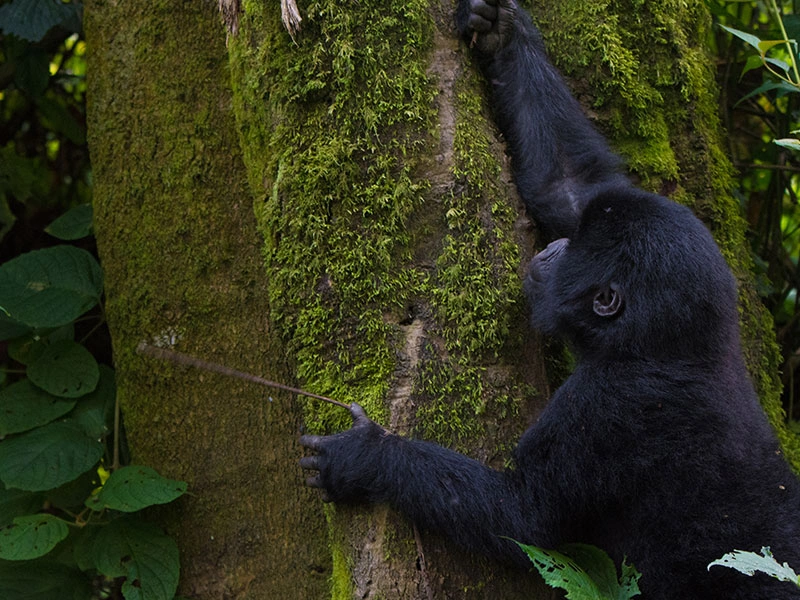
Uganda offers one of the most unique wildlife experiences on the planet — gorilla trekking in the lush forests of Bwindi Impenetrable National Park and Mgahinga Gorilla National Park. A gorilla safari in Uganda is more than just a wildlife adventure; it’s an intimate encounter with some of the world’s closest relatives, set against the backdrop of breathtaking landscapes and vibrant biodiversity.
Why Book a Gorilla Safari in Uganda?
Uganda is home to approximately half of the world’s remaining mountain gorilla population. Trekking these majestic creatures in their natural habitat provides a once-in-a-lifetime experience for wildlife enthusiasts, photographers, and adventurers alike. Unlike other safaris that focus on spotting animals from a distance, gorilla trekking allows you to observe gorillas up close, capturing their social behaviors, family dynamics, and playful interactions.
Additionally, visiting Uganda supports vital conservation efforts. Gorilla trekking permits fund anti-poaching initiatives and community development projects, ensuring the survival of these endangered species while benefiting local communities. By choosing a responsible tour operator, your safari contributes directly to the protection of Uganda’s iconic wildlife.
How to Book Your Gorilla Trekking Experience
Booking a gorilla safari in Uganda requires some planning, as permits are limited to protect the gorilla population. Here’s a step-by-step guide to ensure a seamless experience:
- Choose Your Tour Operator: Opt for a reputable operator, such as Pawmac Safaris, which specializes in tailor-made Uganda safaris. Experienced guides provide professional support, assist with logistics, and ensure adherence to park rules for a safe and fulfilling experience.
- Secure Gorilla Permits Early: Gorilla trekking permits are limited and in high demand, especially during peak tourist seasons (June to September and December to February). It is recommended to book your permit at least 3–6 months in advance to guarantee availability. Permits can be purchased through Uganda Wildlife Authority (UWA) or authorized tour operators.
- Select Your Trekking Location: Uganda has two main gorilla trekking parks:
- Bwindi Impenetrable National Park: Known for its dense rainforest and large gorilla families. Bwindi offers treks ranging from easy to challenging, depending on gorilla locations.
- Mgahinga Gorilla National Park: Smaller and less crowded, ideal for travelers seeking a quieter and more intimate gorilla encounter.
- Plan Your Itinerary: A typical gorilla trekking safari lasts 3 to 5 days, including arrival, transfers to the park, gorilla trekking, and cultural experiences. Many operators also combine gorilla trekking with other activities, such as chimpanzee tracking in Kibale Forest, wildlife safaris in Queen Elizabeth National Park, or community visits to local villages.
- Prepare for the Trek: Gorilla trekking can be physically demanding, involving hiking through dense forests, steep trails, and muddy paths. Travelers are advised to wear sturdy hiking boots, long-sleeved shirts, rain gear, and insect repellent. Guides provide walking sticks and safety instructions to ensure comfort and security.
Best Time to Go for Gorilla Trekking
Uganda’s tropical climate allows for year-round trekking, but the best times are during the dry seasons:
- June to September: Offers cooler temperatures, less rainfall, and easier trekking conditions.
- December to February: Provides clear weather and is ideal for photography.
Visiting during these periods enhances your chances of a successful trek and a more enjoyable experience overall.
Benefits of Booking with a Professional Tour Operator
Booking through a professional operator, like Pawmac Safaris, guarantees a stress-free experience. They handle all logistics, including airport transfers, park entry permits, accommodation, and meals. Their expert guides provide insights into gorilla behavior, forest ecology, and local culture, enriching the safari experience. Additionally, they ensure responsible tourism practices, minimizing your environmental impact while maximizing enjoyment.

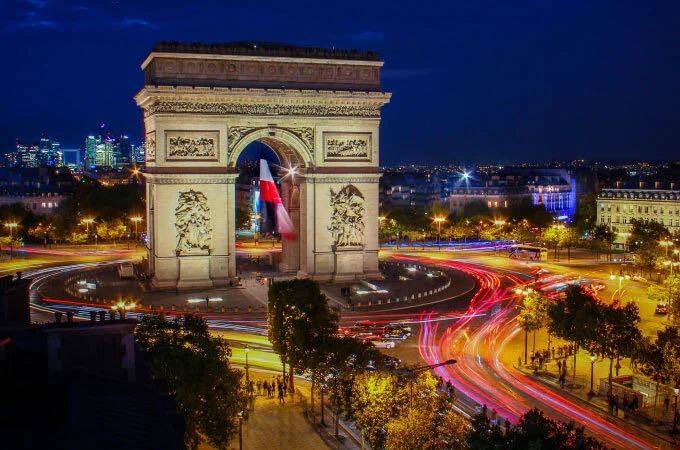
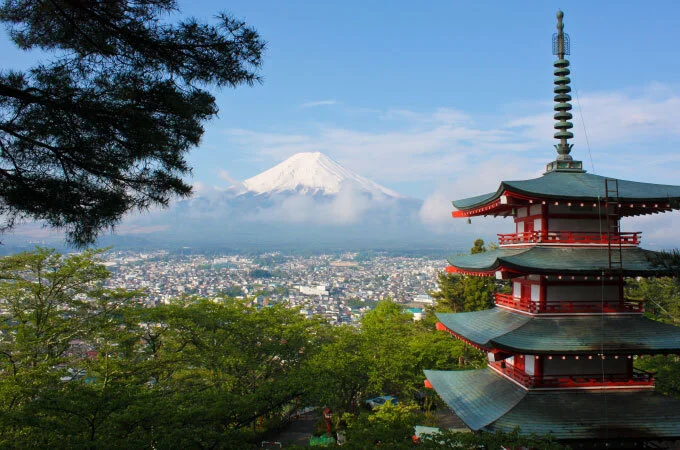
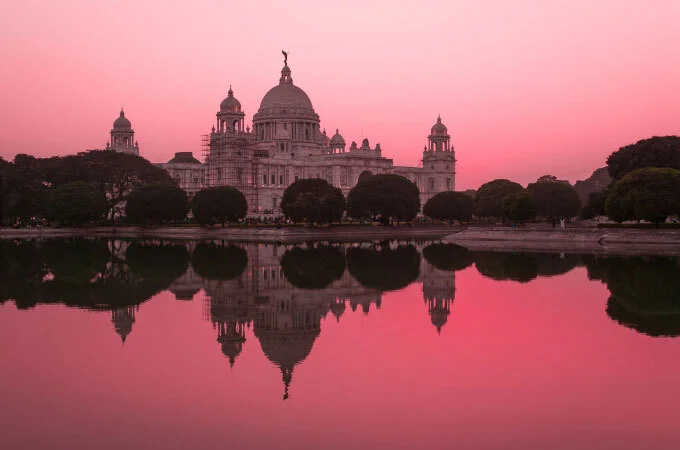
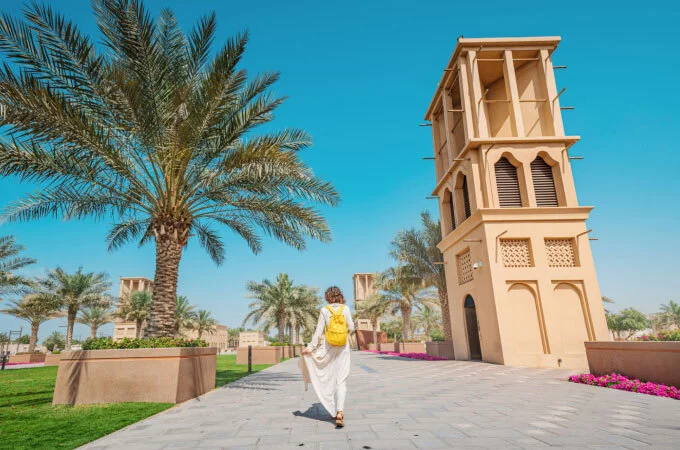

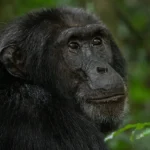
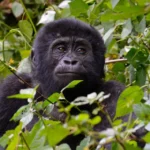
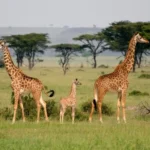
Leave a comment: